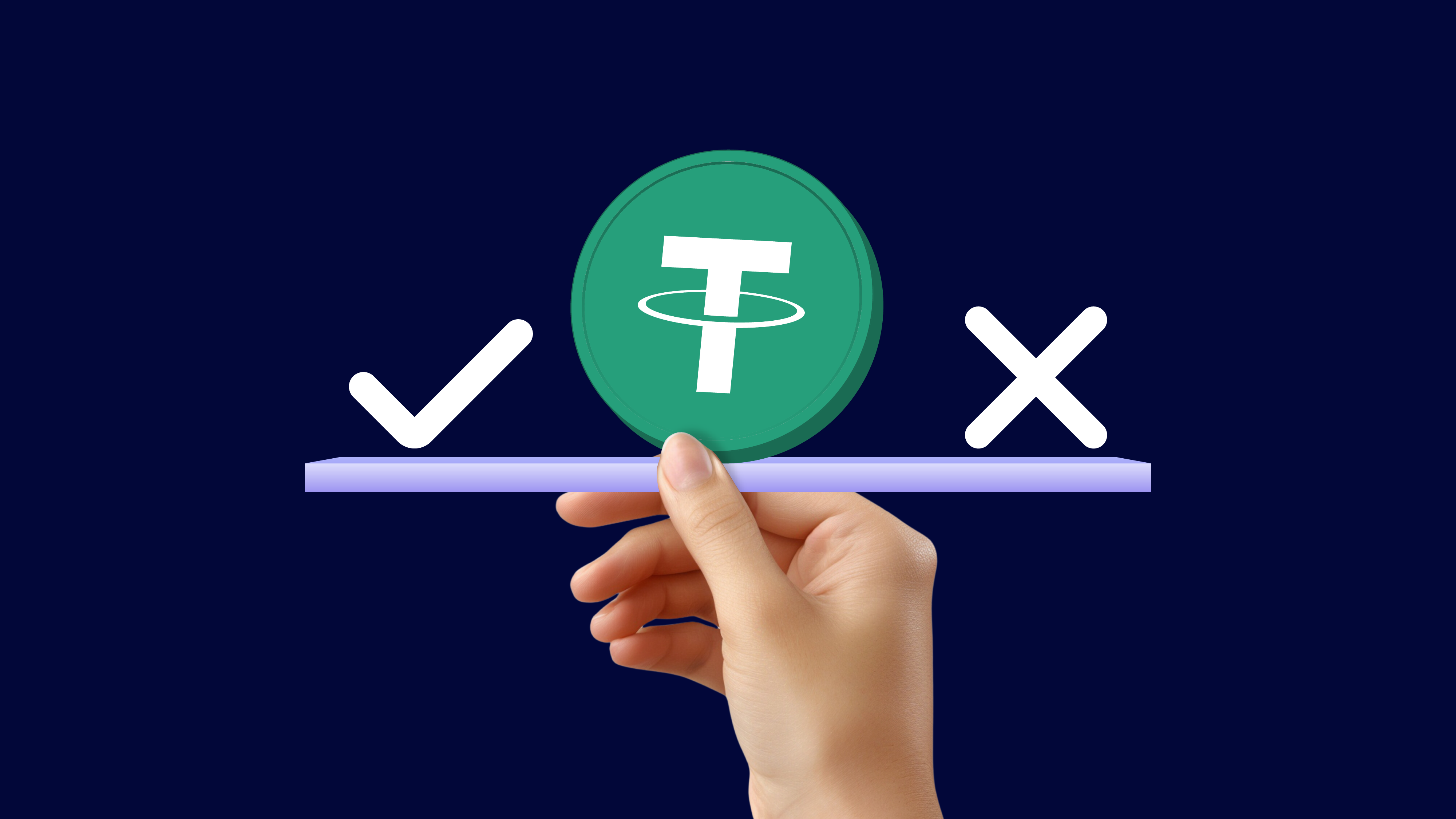I’m either going to sound like a prophet or a fool with these predictions, but one thing is for sure: I’m going to piss off a lot of “hodlers.” This time I’ve divided my predictions into six sections: L1/L2, token issuance, stablecoins, regulation, “AI agents” (oh my god), and Crypto x AI.
1.L1s/L2s
The distinction between L1 and L2 is fading. Speakers no longer perceive the difference between L1 and L2 (did they ever know the difference?). The entire blockchain ecosystem, including L1 and L2, is already overcrowded in the market and is about to undergo a massive reshuffle. This integration will not be centered around technological superiority, but rather about finding a unique position in the market and building lasting user stickiness through go-to-market strategies (GTM).
Despite the strong technical strength of SVM and Move, EVM’s market share will grow further in 2025. This growth will be driven by @base, @monad_xyz, and @berachain. This growth is no longer due to compatibility, but because EVM/Solidity has a lot of training data, and in 2025, most application code will be written by Large Language Models (LLMs). Additionally, the presence of a large library of battle-tested cryptographic contracts will be a major advantage, as LLMs are poor at writing low-level code. Developer experience and programming pitfalls will no longer be so important, and instead training data and mature libraries will become the key.
Solana will force more blockchains to optimize for low latency experiences. We will move from a transactions per second (TPS) war to a latency war. Projects like @doublezero and ultra-low latency L2 like @megaeth_labs will drive user expectations for Web2-level responsiveness. Expect more optimistic UI, pre-confirmation, intents, email registration, browser wallets, and progressive security. Special mention to @privy for his innovative work on this.
Hyperliquid has proven that specialized chains can work successfully as long as they focus on a specific application and make user experience and cross-chain bridging a priority. In the future, more projects will follow this model. The old dream of “one chain to rule them all” has been completely shattered.
2.Token issuance
The current model of large-scale airdrops for each project through a points system has ended. We are entering a dual-track world.
Track 1: If a project has a clear “North Star Metric” (such as an exchange or lending protocol), they will only distribute tokens based on points. They don’t care if the system is exploited or abused by farms because, in essence, it is a discount back mechanism for core KPIs. And those “farm players” are actually your real users.
Track 2: If a project does not have a clear “North Star Metric” (such as L1 and L2), they will be more inclined to crowdsales. They may do small airdrops to reward social contributions, but the majority of tokens will be issued through crowdsales. The model of airdropping for vanity metrics is dead, as these tokens never actually reach users, but are instead held by industrial farms.
Memecoins will continue to lose market share to “AI agent” tokens. I think this is a shift from financial nihilism to financial over-optimism. (Yes, I am coining that term.)
3.Stablecoins
The use of stablecoins is set to explode, especially among small and medium-sized businesses (SMBs). This use will not just be for trading or speculation, real businesses will start using on-chain dollars for instant settlement.
Banks are taking notice. It is expected that by the end of 2025, there will be announcements of banks issuing stablecoins. They don’t want to be left behind by the times. But with Lutnick as U.S. Commerce Secretary, Tether will continue to maintain its market dominance.
Ethena will attract more capital, especially if U.S. Treasury yields continue to fall over the coming year. When the opportunity cost of capital falls, the returns from carry trades become more attractive.
4.Regulation
The United States is set to pass stablecoin legislation while the broader market infrastructure reform bill (FIT21) will be delayed. Stablecoin adoption will accelerate, while traditional finance (TradFi) integration, such as asset tokenization and further adoption by Wall Street, will lag behind.
Fortune 100 companies will be more willing to offer cryptocurrencies to consumers under the Trump administration. Technology companies and start-ups will show a higher appetite for risk. During Trump’s inauguration, there will be a temporary regulatory forbearance until clear legal rules and enforcement priorities are set. During this period, expect to see a large amount of action on the integration of cryptocurrencies into Web2 platforms.
5.AI Agents
(This is the longest section because my opinions may be controversial – read to the end!)
The “AI agent” craze may continue throughout 2025, but will eventually fade. This isn’t a disruptive trend to watch in the long term, but it will become a focus of fascination in the crypto community because it’s the most social technology trend.
These so-called “AI agents” are not really agents at all. They are little more than chatbots with meme coins attached; other than posting on X, they have almost no autonomy. In addition, most of the current “AI agents” are “Wizard of Oz”-style agents – there are real people behind the scenes to monitor and ensure that the AI does not get out of control. This situation will not change in the short term because current AI agents are very unstable (even Fortune 100 companies do not currently use agent technology in production environments). Current agencies can be easily manipulated to make crazy statements that damage the brand, or jailbroken to steal all resources. To see what true autonomous AI is, check out @freysa_ai — if your “AI agent” isn’t jailbroken, it’s probably just a Wizard of Oz-style agent.
However, this trend will accelerate. Chatbots can indeed replace many influencers because they never rest, always maintain consistent messaging, and are less greedy than human influencers. Furthermore, most influencers aren’t actually particularly creative. The aggregation and amplification of real-time information can be accomplished today through algorithms (see aixbt).
The reason we’re currently fascinated by these chatbots is that they’re so new. It was like seeing a giant elephant painting. When you first see it, you don’t care whether it’s well drawn or not—you just think it’s a fantastic sight. But after you’ve seen it a thousand times, the novelty wears off. I believe this phenomenon will happen once AI agents mature.
You can now see that aixbt is pretty good at aggregating data from different projects. By next year, the next generation of agents may be less hallucinatory, more deeply analyzing data, and making smarter arguments. But will you actually notice these changes? For most people, this upgrade may feel insignificant.
I think this sense of novelty and market enthusiasm will continue throughout 2025. The cryptocurrency market always takes a long time to get tired of new things. But by 2026, I think there will be a sudden reversal of sentiment. When AI agents become ubiquitous, people will start to get tired of them. Users will begin to consciously prefer human influencers, even if their content is less stable.
To counter this preference, AI agents will start hiding their identities and try to impersonate humans to attract more attention. Future AI agents will no longer make money by issuing meme coins, but rather through advertising sponsorship, affiliate marketing, and promoting the tokens they hold themselves. By then, there will be frequent “reveal scandals” where influencers are revealed to be AI agents. This is all about to get really weird.
But something darker is yet to come. Keep in mind that current large language models (LLMs) are great at textual content but perform poorly elsewhere. So, in the field of crypto, as a “liberal arts AI”, what is the easiest way to make money? The first is to become an internet celebrity, and the second is to become a liar. You’re going to start seeing autonomous scam bots pop up in large numbers, and this will create a serious societal problem similar to the explosion of ransomware and cryptojacking attacks after 2017.
But while chatbots may take center stage in the crypto market in 2025, AI’s long-term disruptive impact will not be on the social level. Nor will it be at the transaction level. AI will not bring “personal trading agents” or “mini hedge funds” to everyone. Yes, AI will expand everyone’s capabilities, but their expansion will be proportional to your capital, data, and infrastructure. Therefore, we should expect AI to super-enhance large trading firms that already have the capital and material scale. In other words, the trading firms will become more powerful and take all the profits.
Over time, AI will make markets extremely efficient, even for niche markets. This will leave very little advantage for the average trader. The value of original research will drop dramatically. However, this competition and increased liquidity should benefit noise traders.
So, if the protagonist of the story is not a chatbot or a trading robot, what is it? Here is my core argument: the truly disruptive AI agents will be “software engineered agents.”
Why is it so important? Think about it: What is the main input into the cryptocurrency industry? What is the biggest bottleneck preventing more applications, more wallets, and better infrastructure from emerging? The answer is: software development.
If AI agents bring the cost of software down dramatically, entire industries will be revolutionized. In the AI era, you will no longer need millions of dollars in seed round financing. You may only need $10,000 in AI cloud computing costs to start an application. Self-funded projects like Hyperliquid and Jupiter will no longer be the exception, but will become the norm.
On-chain applications and experiments will see explosive growth. The security implications will be profound. AI will make static analysis and monitoring ubiquitous, making security more accessible.
6.Cryptocurrency x AI
Above, I discussed in detail the impact of AI on cryptocurrency (which is the main direction of impact), but cryptocurrency will also have an impact on AI.
Truly autonomous AI agents will use cryptocurrency for payment. Once there are more relaxed stablecoin regulations, even AI agents run by large enterprises will use stablecoins for inter-agent payments because they are easier to launch and use than bank accounts.
Experiments in decentralized AI training and reasoning will become more frequent and larger in scale. A new generation of promising projects like @exolabs, @NousResearch, and @PrimeIntellect will pave the way for building decentralized AI models. These projects aim to challenge the AI model landscape dominated by centralized companies and provide a more open, neutral, and verifiable AI technology stack. It is worth mentioning that @NEARProtocol is working hard to build a complete neutral, permissionless AI stack.
Another important area where AI and cryptocurrency intersect is user experience (UX). Around 2026, we will see a fully AI-powered wallet that can handle tasks such as:
- Automatically bridge assets
- Optimizing transaction paths
- Minimize transaction fees
- Eliminate interoperability issues
- Warn users of potential scams or asset risks
- Handling front-end errors
In the era of AI-driven wallets, users will no longer need to frequently switch between different wallets, adjust RPC nodes, balance stablecoin assets, or worry about cross-chain transfers. AI automatically handles these menial and technical tasks for users.
This change will raise a key question: what happens to the network effect of blockchain when users no longer care which chain the application runs on? When AI hides all the underlying details from the user, the distinctions between chains become irrelevant or even invisible. This will have a profound impact on the monopoly advantage of blockchain networks.
The field is still very young, but I am very hopeful about its future. In the long term (roughly mid-2026), I expect this to be the highest market cap segment in the “AI x crypto” space.






